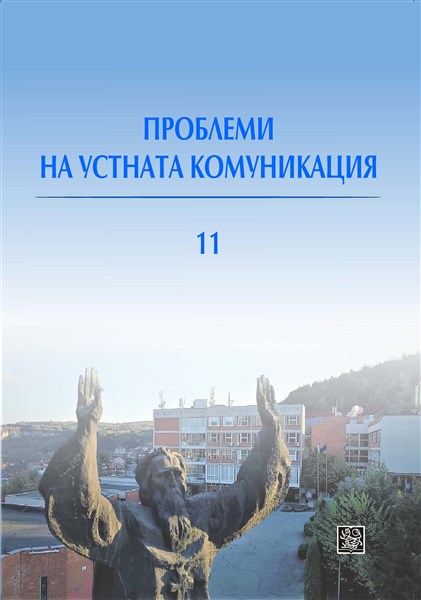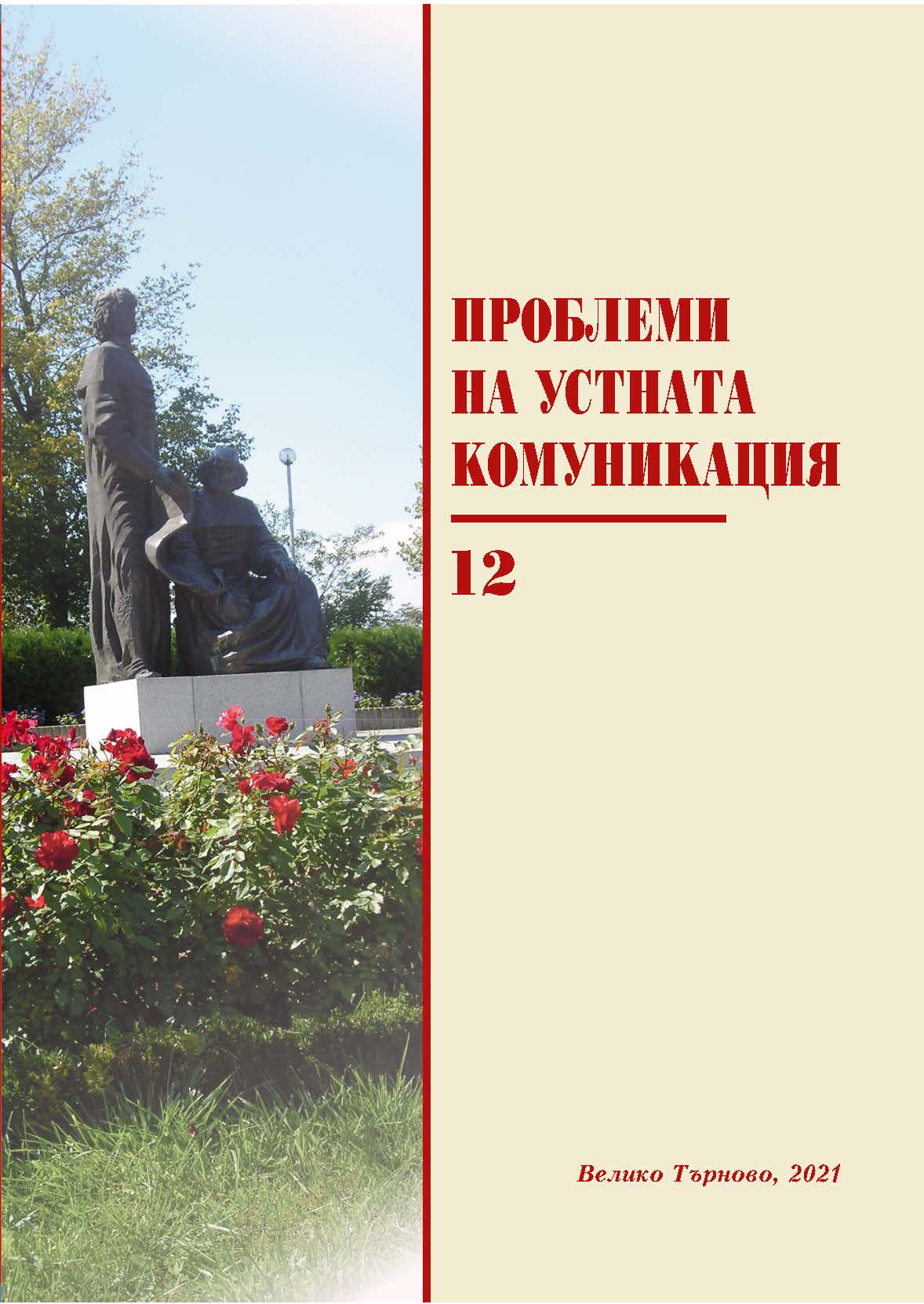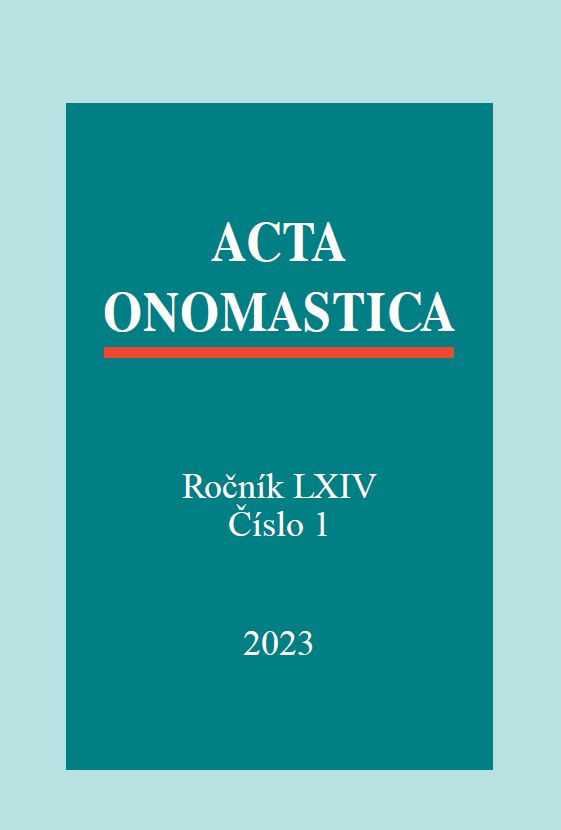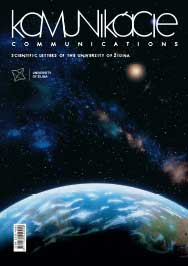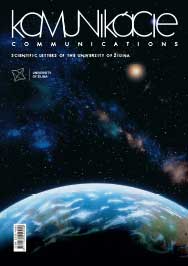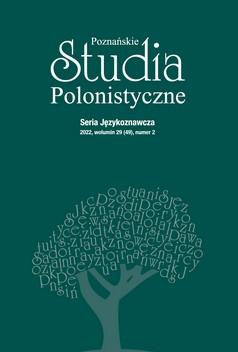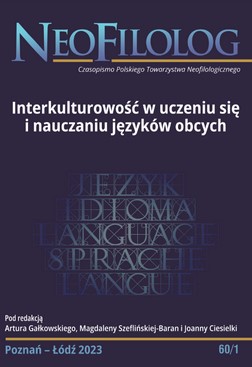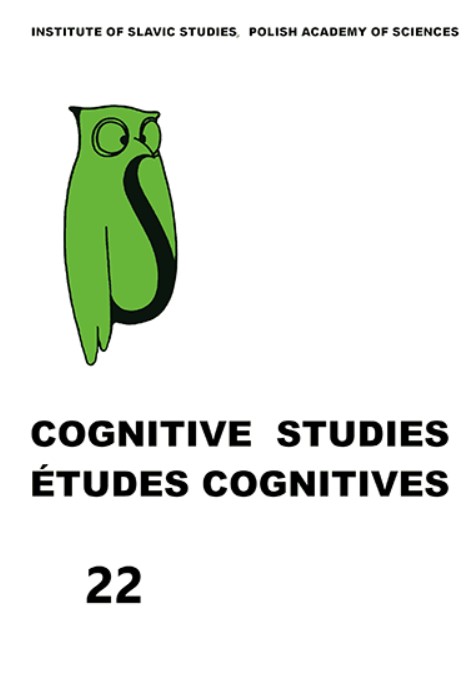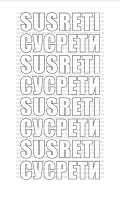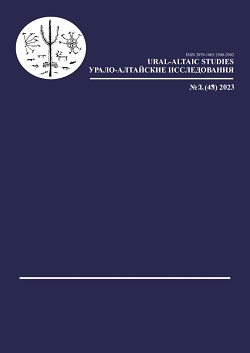Author(s): Lembit Vaba / Language(s): Estonian
Issue: 68/2023
The article presents new or revised etymologies for the words lets ’cleaver’, marg ’full moon’, naber ’(big) stack of grain’, mült ’(flour)dust, crumbs’, nurmik ~ nurik ~ nuru(kene) ’churn (with which food was taken out to the field)’ and pugal ’multicolored, spotted (animal, bird) etc’.lets : letsi ’cleaver’ and its phonetic variants are known primarily on the western Estonian islands and in the Western dialect. Andrus Saareste has linked it to Germanic verbs such as German spleissen, Middle High German splîzen etc ’to break open, cut open’. I surmise that a possible loan base for Estonian lets is German Schlitz m ’gap; slit’, a derivative of the verb schlitzen ’to break open’, which appears in the names of bladed tools, e.g. Schlitzaxt f ’double-bladed axe used to make fissures’, Schlitzhäuer m ’slit-maker (mountaineering tool)’ etc.marg : mara ’full moon’ is a word found in runic songs. It is a phonologically and semantically unproblematic Baltic loan: Baltic *marga-, cf. Lithuanian mar̃gti (mar̃gsta, mar̃go) ’to become multicolored, variegated’, mar̃guoti ’to glow, sparkle’, Latvian marga, margs ’sparkle, glow’, marguôt ’to glow, sparkle’.mült : mülda ’(flour)dust, crumbs’ and its derivatives have been recorded primarily on Saaremaa, sporadically in the Western dialect and elsewhere. Despite its limited distribution, it is a relatively old Baltic loan: Baltic *milta-: Lithuanian mìltai pl ’flour etc’, Latvian mil̃ti pl ’flour etc’, miltît ’to grind finely’ and others. Labialization (ü for i) has resulted from the proximity of the labial consonant m or blending with several Finnic descriptive stems. The aberrant substitution of Baltic *t is likely due to affective semantics.naber : nabra ’(big) stack of grain’ occurs mostly in northern Estonia and Mulgimaa. Estonian naber has a phonologically and semantically suitable equivalent in Votic: napurikko ~ naburikko ’(grain)stack’. This Estonian and Votic word is likely a Russian loan: Russian dialectal набо́р (sgg набо́ра) ’armful of hay’, a deverbal noun from the verb наби́рать ’to gather, collect, take’ < Slavic *naborъ < *nabьrati, *naberǫ.The core distribution area of nurmik ~ nurik ~ nuru(kene) ’churn (with which food was taken out to the field)’ covers the South Estonian dialect area, but it has also been sporadically observed in Northern Estonia. nurmik is a clear derivative, with the -ik suffix, of the noun nurm ’(grain)field; meadow, grassland’, which has previously been regarded as of dubious etymological origin. Analogous derivations to nurmik are found in the Baltic languages as well. pugal : pugala ~ pugali ’multicolored, spotted (animal, bird) etc’ occurs throughout the Estonian language area. It lacks equivalents in other Finnic languages. Julius Mägiste has suggested that pugal may be a secondary, back-vowel variant of pügal ’notch, indent’, an explanation which has been accepted in later etymological literature with no reservations. Parallel existence of back- and front-vowel variants of the same stem is not unusual in Finnic languages, but in such cases the variants do not sharply diverge semantically (synchronically), nor does the etymological connection become blurred or even broken. Phonologically and semantically suitable comparison material to Estonian pugal is found in dialectal Russian бугли́ть ’to make multicolored, variegated’, буго́ль f ’spot, fleck, speckle (in an animal’s fur)’. The etymological relationship between the Estonian and Russian words is not clear, i.e. the borrowing may have occurred in either direction.
More...
